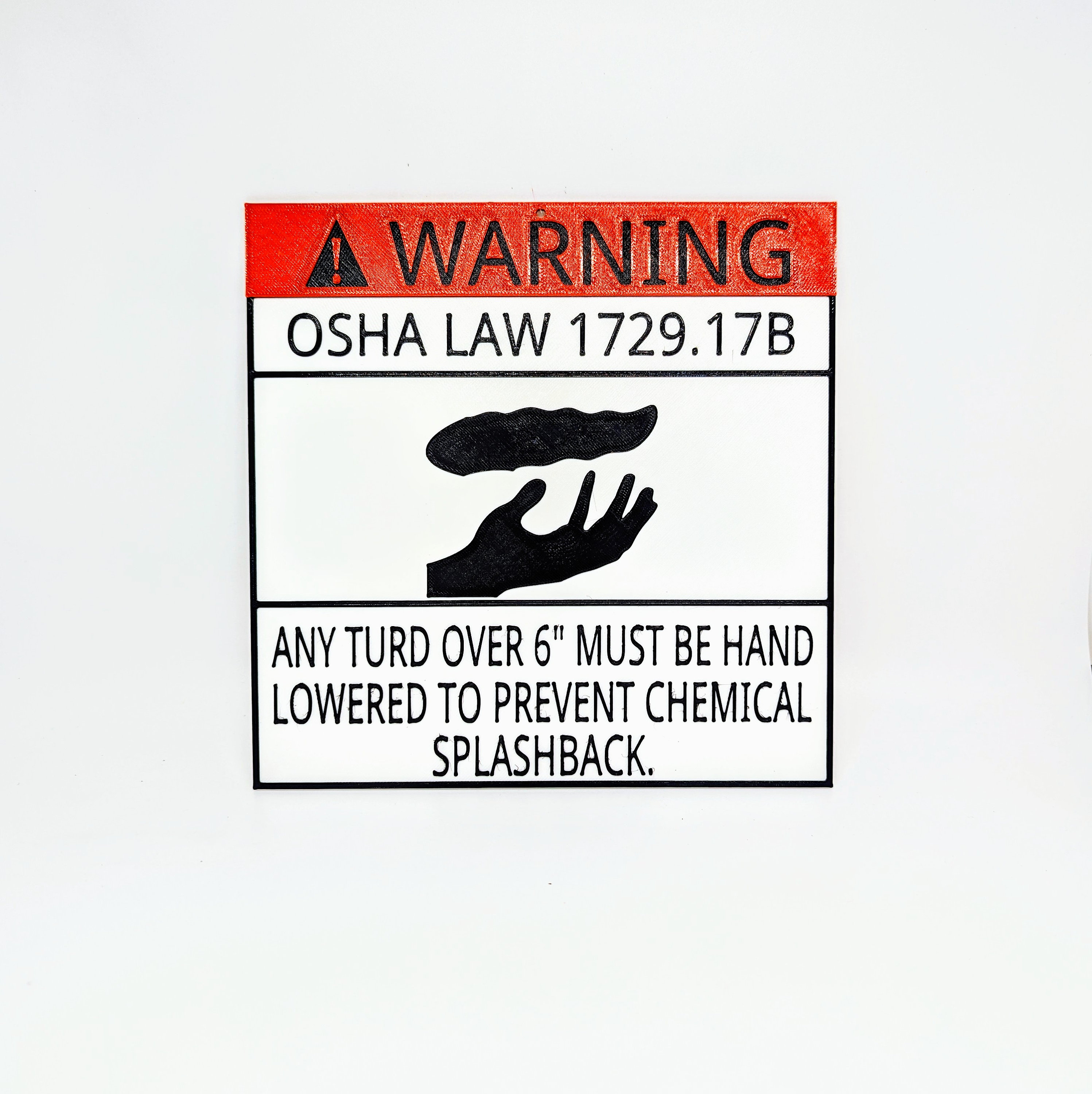
Re: providing employees with toilet facilities on a construction jobsite.
 Dear ms. Nall:
this is in response to your e-mail submitted january 13, 2005, to the occupational safety and health administration (osha). Your questions relate to the provision and availability of toilet facilities on construction jobsites. We have paraphrased your questions as follows:
question: scenario: construction workers are working on the 10th floor of a high-rise. Because neither elevators nor worker-lifts are in place, the workers' only means of access to the ground floor is by stairways. Toilet facilities are located only on the ground floor. In this circumstance, would osha's sanitation standard require toilets to be placed higher in the building or would placing them only on the ground floor be considered sufficient?.
Dear ms. Nall:
this is in response to your e-mail submitted january 13, 2005, to the occupational safety and health administration (osha). Your questions relate to the provision and availability of toilet facilities on construction jobsites. We have paraphrased your questions as follows:
question: scenario: construction workers are working on the 10th floor of a high-rise. Because neither elevators nor worker-lifts are in place, the workers' only means of access to the ground floor is by stairways. Toilet facilities are located only on the ground floor. In this circumstance, would osha's sanitation standard require toilets to be placed higher in the building or would placing them only on the ground floor be considered sufficient?.
May 17, 2006 5521 lanham station road lanham, md 20706 re: whether toilets at a construction jobsite must be in a sanitary condition to meet the requirements of 29 cfr 1926. 51(c). Dear mr. Noel: this is in response to your letter of june 12, 2005, to mr. John l. Henshaw of the occupational safety and health administration (osha) regarding unsanitary portable toilets at construction sites. In an october 20, 2005 letter addressed to you, mr. Jonathan snare, the then acting assistant secretary of osha, indicated that he would have osha's directorate of construction (doc) provide you with an interpretation letter addressing whether the failure to maintain toilets in a sanitary condition would violate 29 cfr 1926.
Restrooms and Sanitation Requirements
Keeping your event’s portable restrooms clean and well-maintained is crucial for ensuring a comfortable experience for all attendees, while also promoting good hygiene practices. Regular servicing of porta potties not only maintains sanitation practices but also helps in proper waste disposal. To ensure that you’re meeting state and federal regulations, it’s important to develop a maintenance schedule with your service provider and adhere to it throughout the duration of your event. When creating a maintenance plan, consider factors such as the number of users, duration of the event, and location-specific requirements.
 Incorporate these aspects into a checklist so that nothing gets overlooked during servicing.
Incorporate these aspects into a checklist so that nothing gets overlooked during servicing.
Home construction porta potty rentals osha restrooms sanitation requirements osha is abbreviated for the (occupational safety and health administration). This gov. Organization was formed by the occupational safety and health act of 1970. This act implements the rules and regulations for restroom sanitation. A. Each employer: must supply each of his employees, and place of employment a hazard free environment. Keeping it free of hazards that are likely of causing death, serious injury or physical harm to his or her employees. Must make known and put into effect all occupational safety and health regulations harnessed under this act. (29 usc 654) b.
Osha requires employers to provide all workers with sanitary and immediately-available toilet facilities (restrooms). The sanitation standards ( 29 cfr 1910. 141 , 29 cfr 1926. 51 and 29 cfr 1928. 110 ) are intended to ensure that workers do not suffer adverse health effects that can result if toilets are not sanitary and/or are not available when needed.
Do you know the osha rules and regulations for portable restrooms? if you are a construction job-site manager, agriculture site manager, etc. , it is imperative to know and abide by them! patriot portable restrooms walks through the osha regulations for portable restrooms. Osha requires employers to provide all workers with sanitary and accessible restrooms to ensure that workers do not suffer adverse health effects that can result if toilets are not sanitary and/or are not available when needed. Employers must provide at least the minimum number of portable restrooms depending on the number of employees they have. Restroom access frequency needs may vary significantly from worker to worker, and it may be affected by medications, fluid intake, air temperature and other factors.